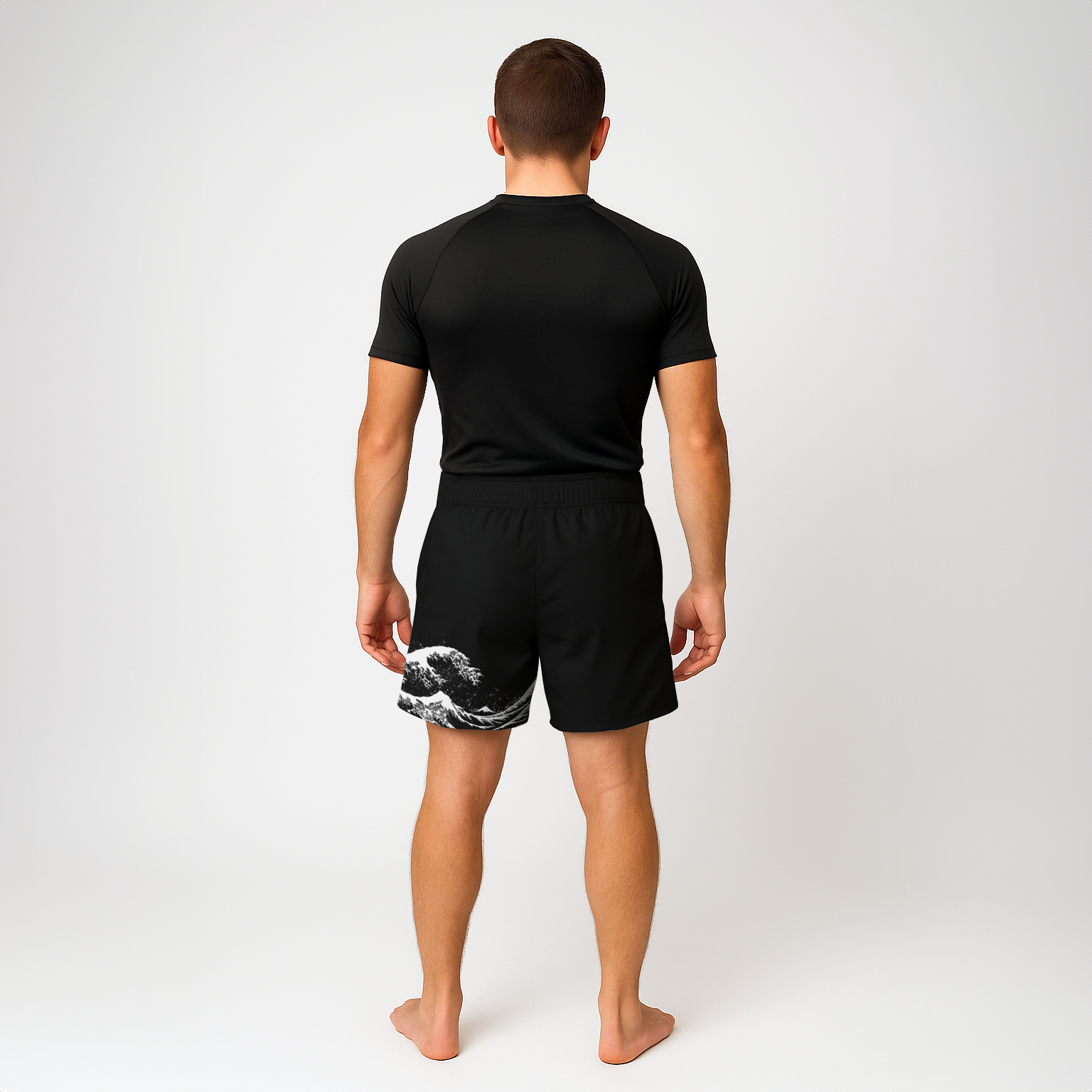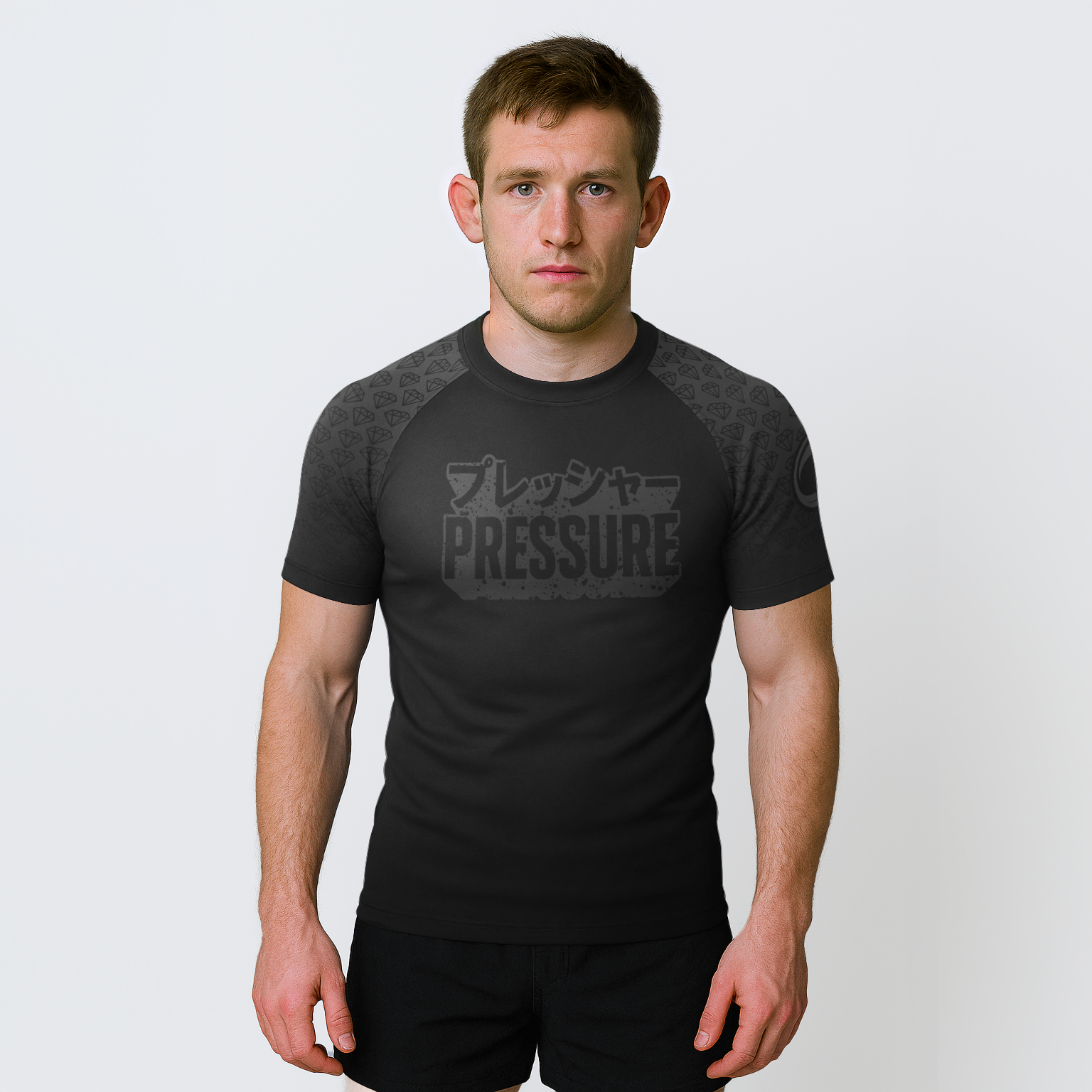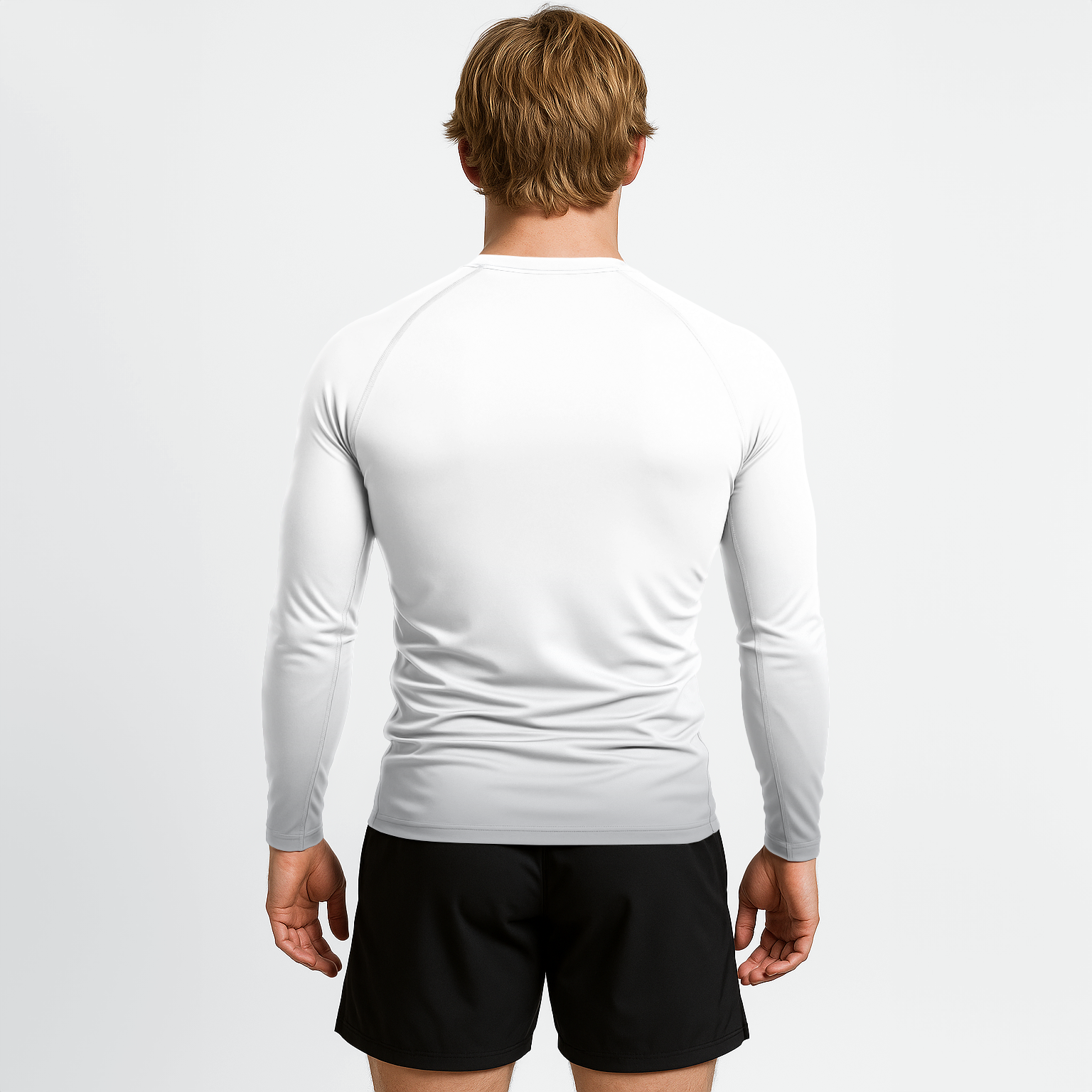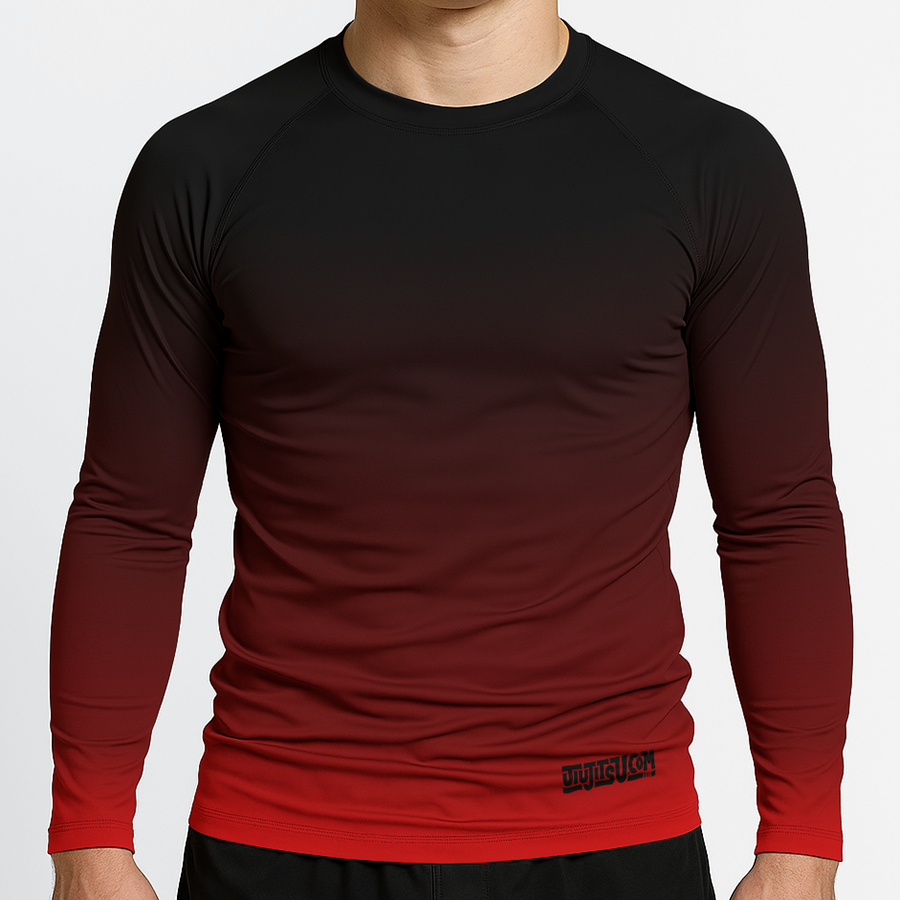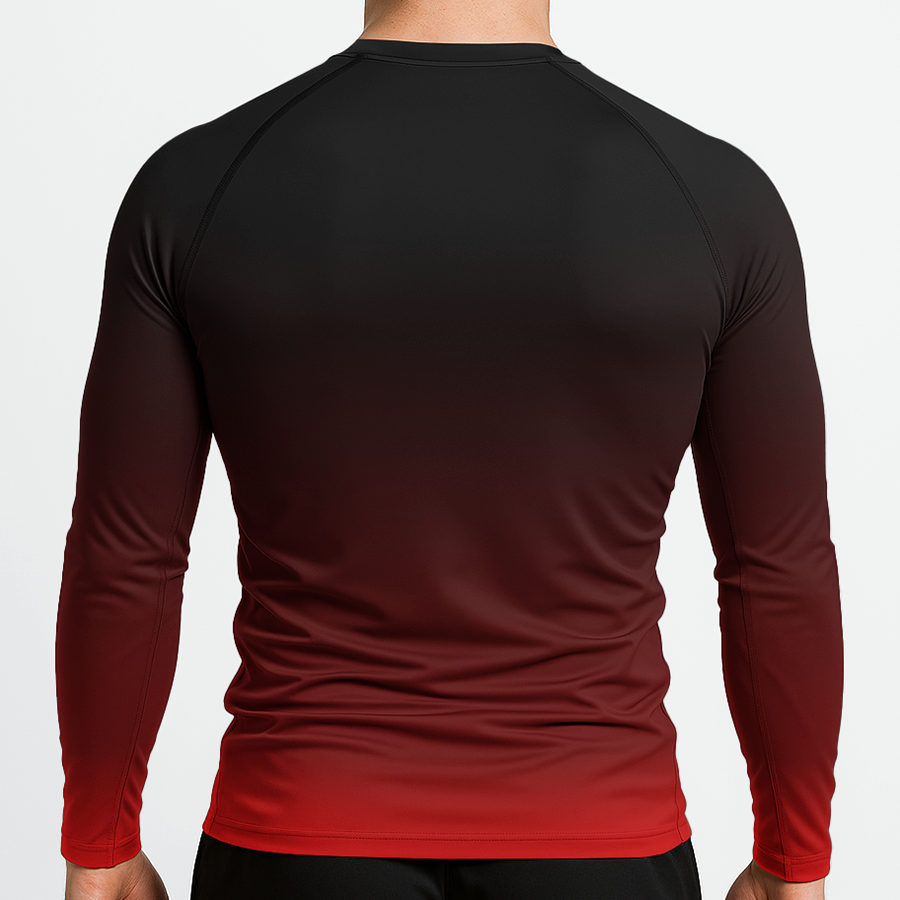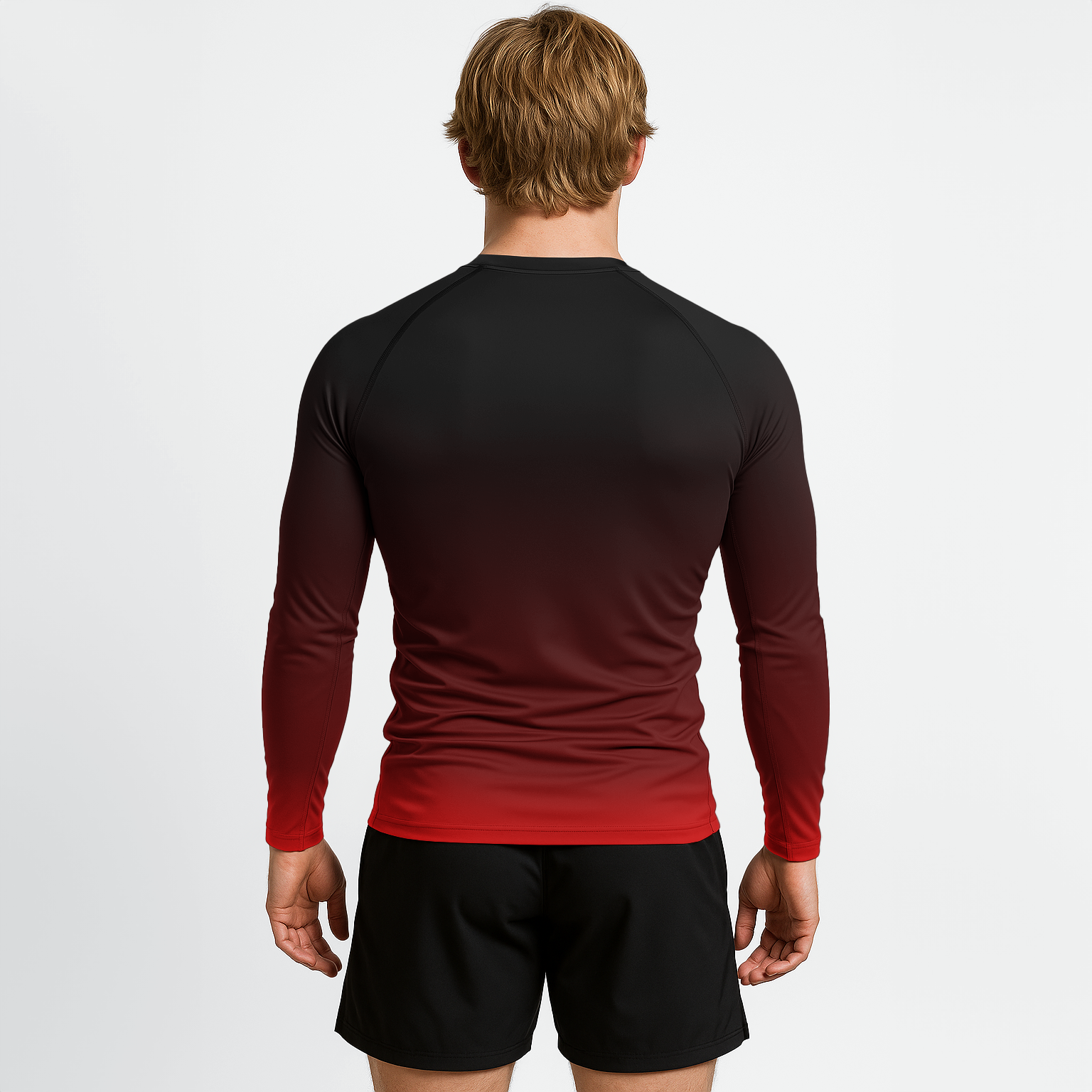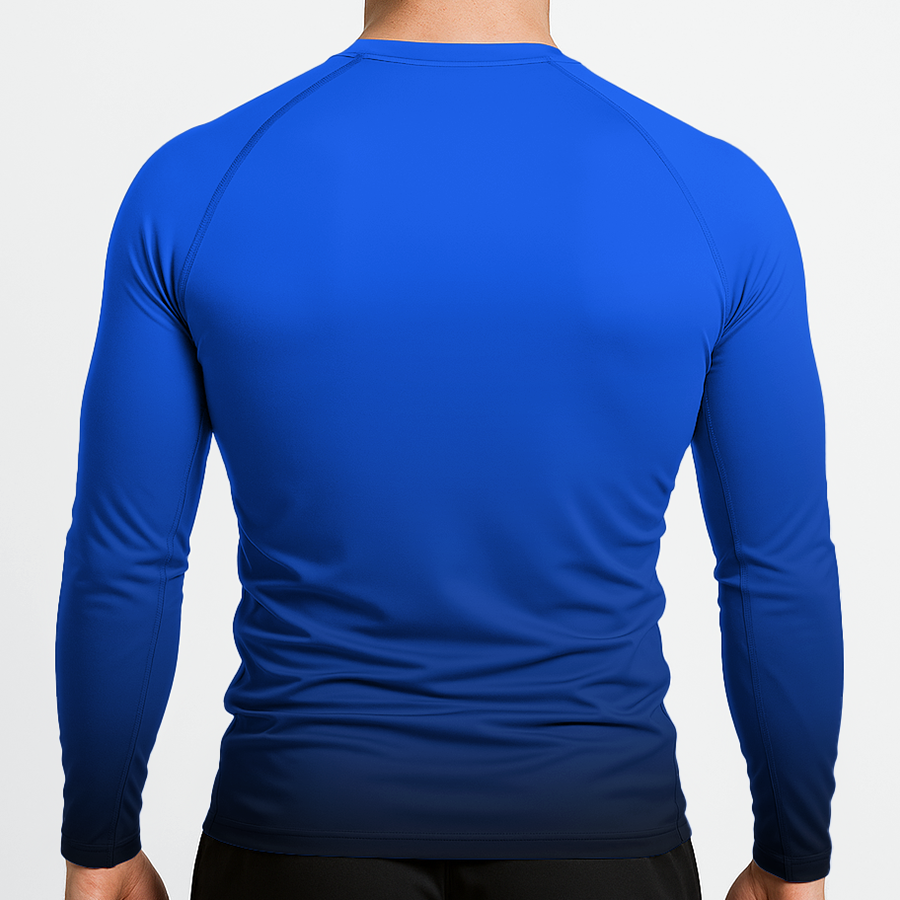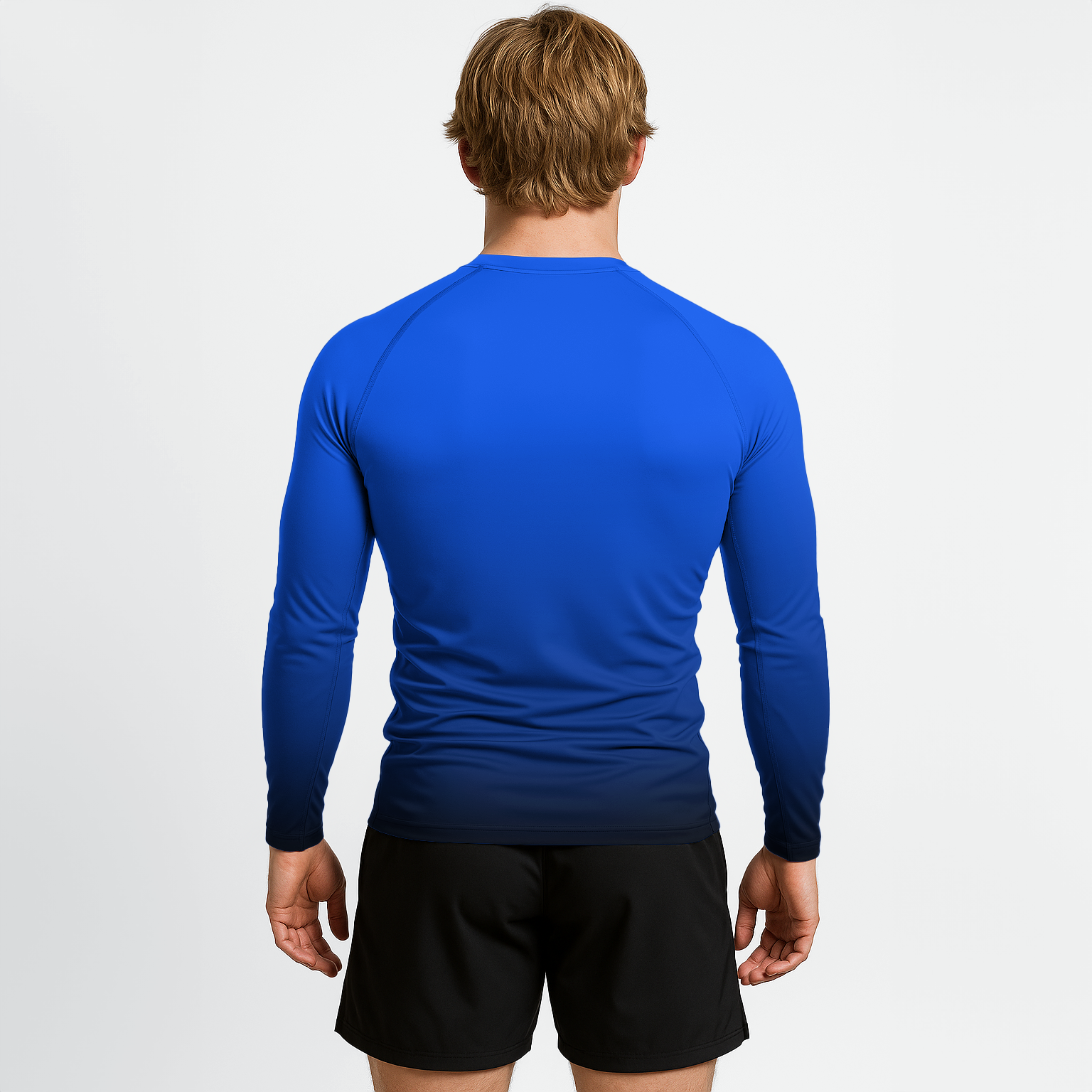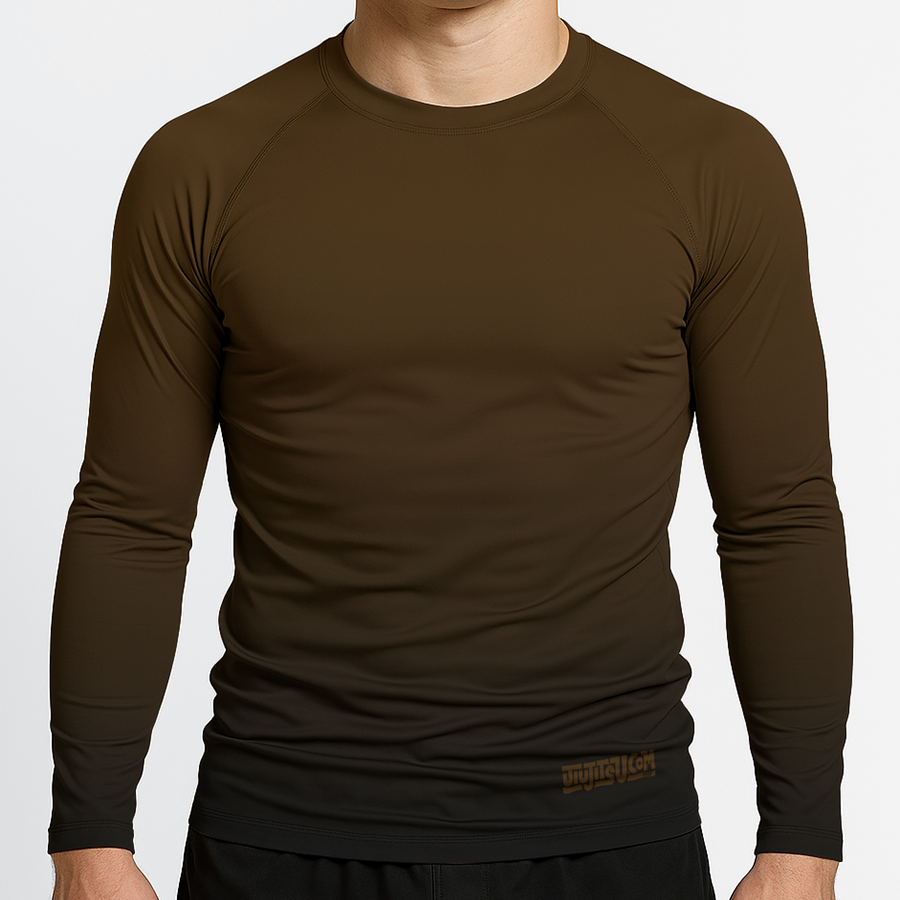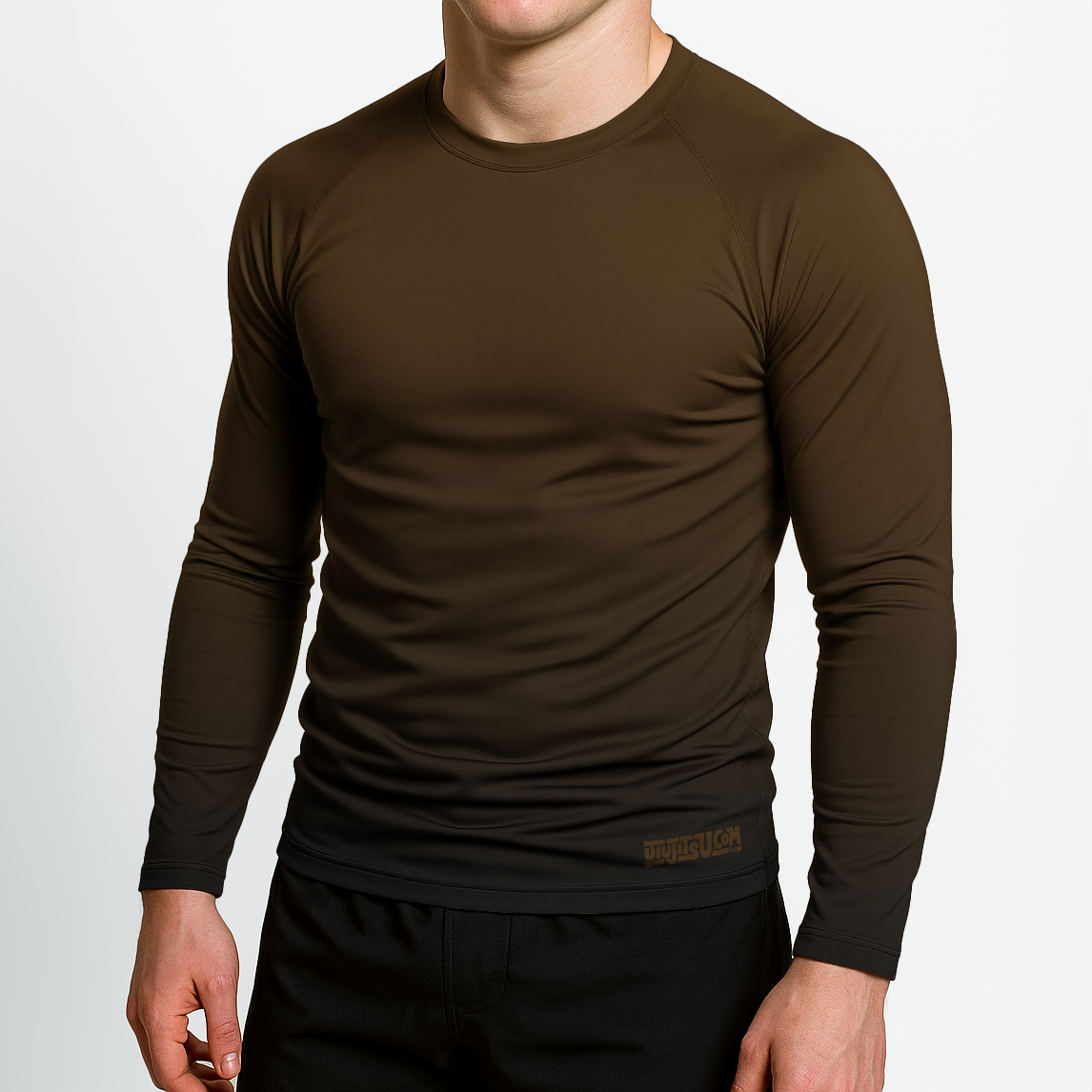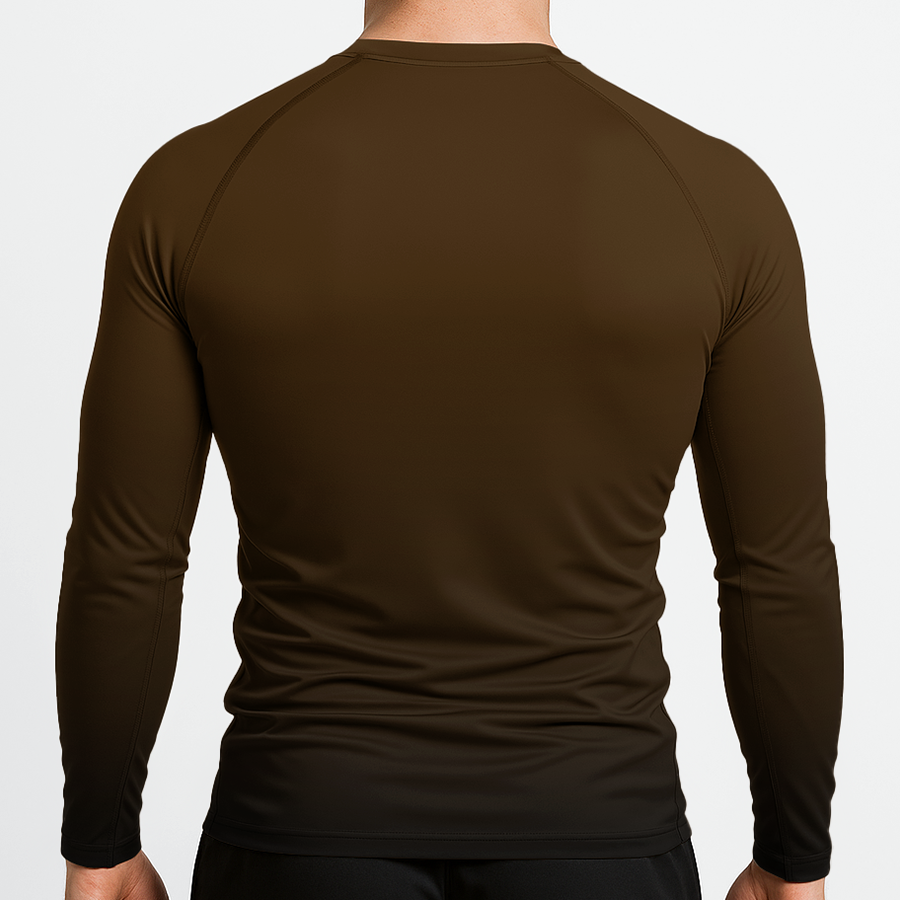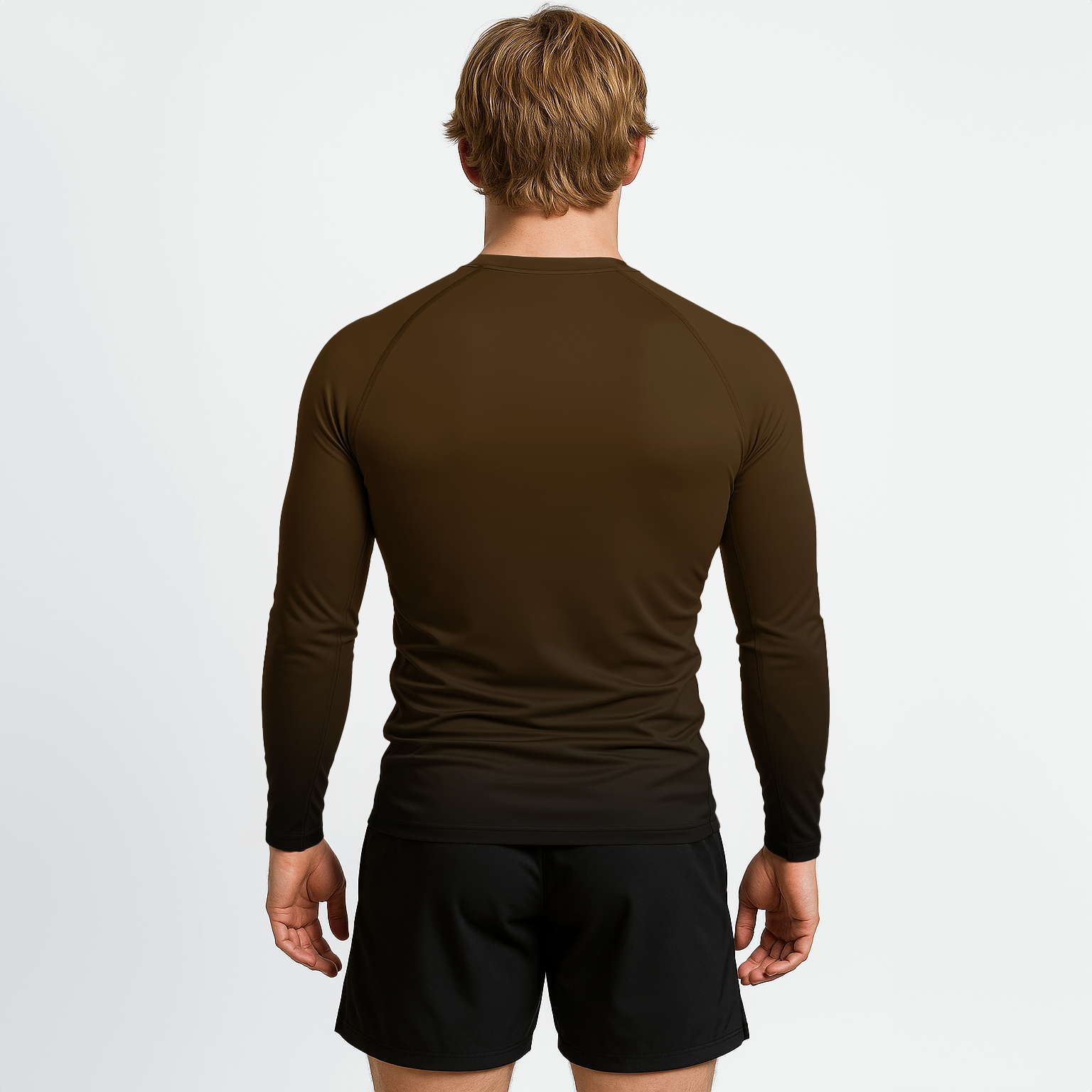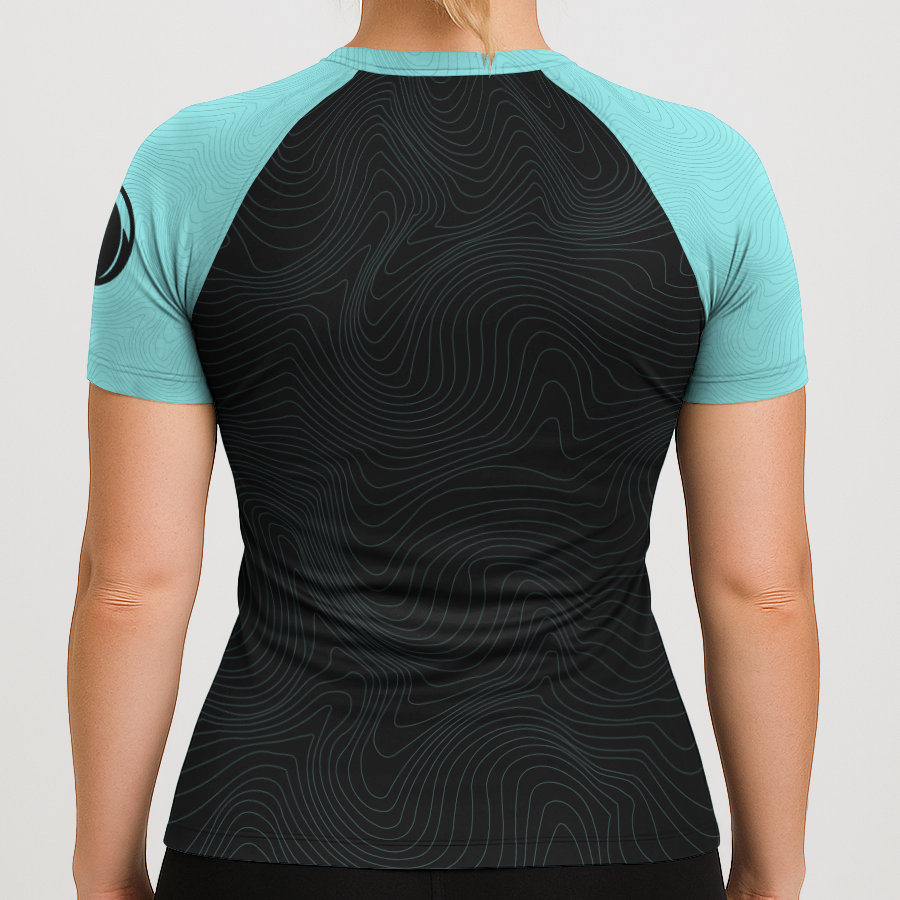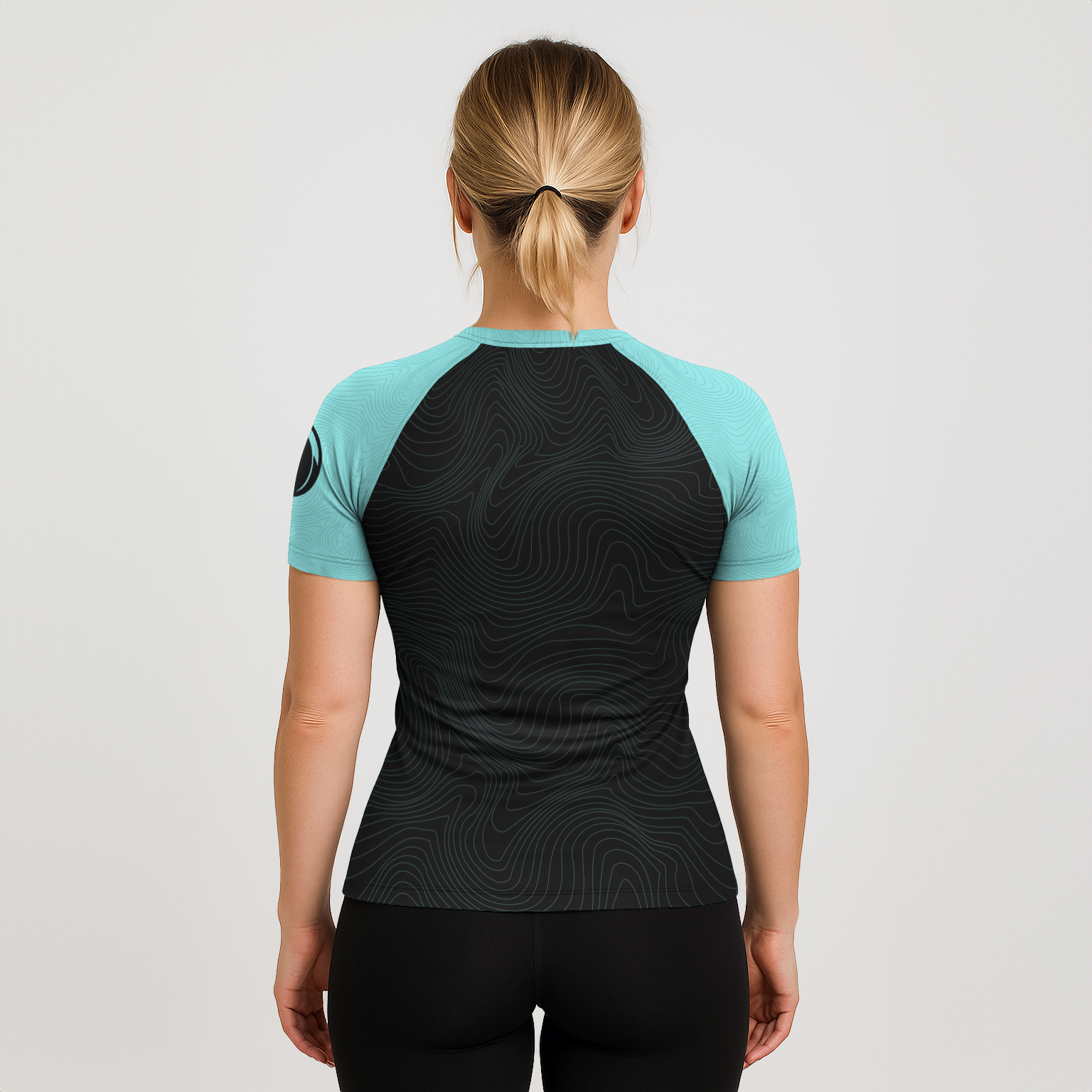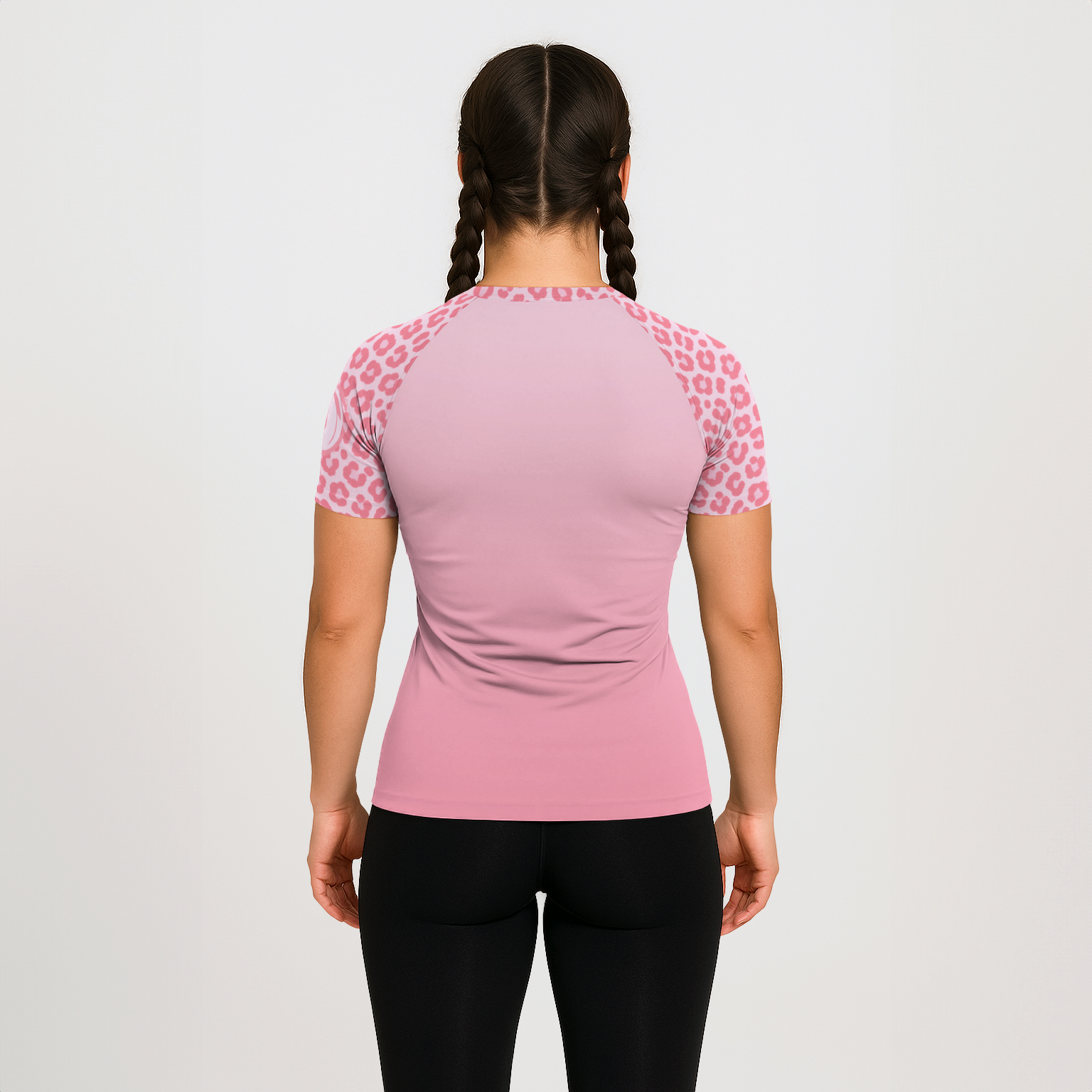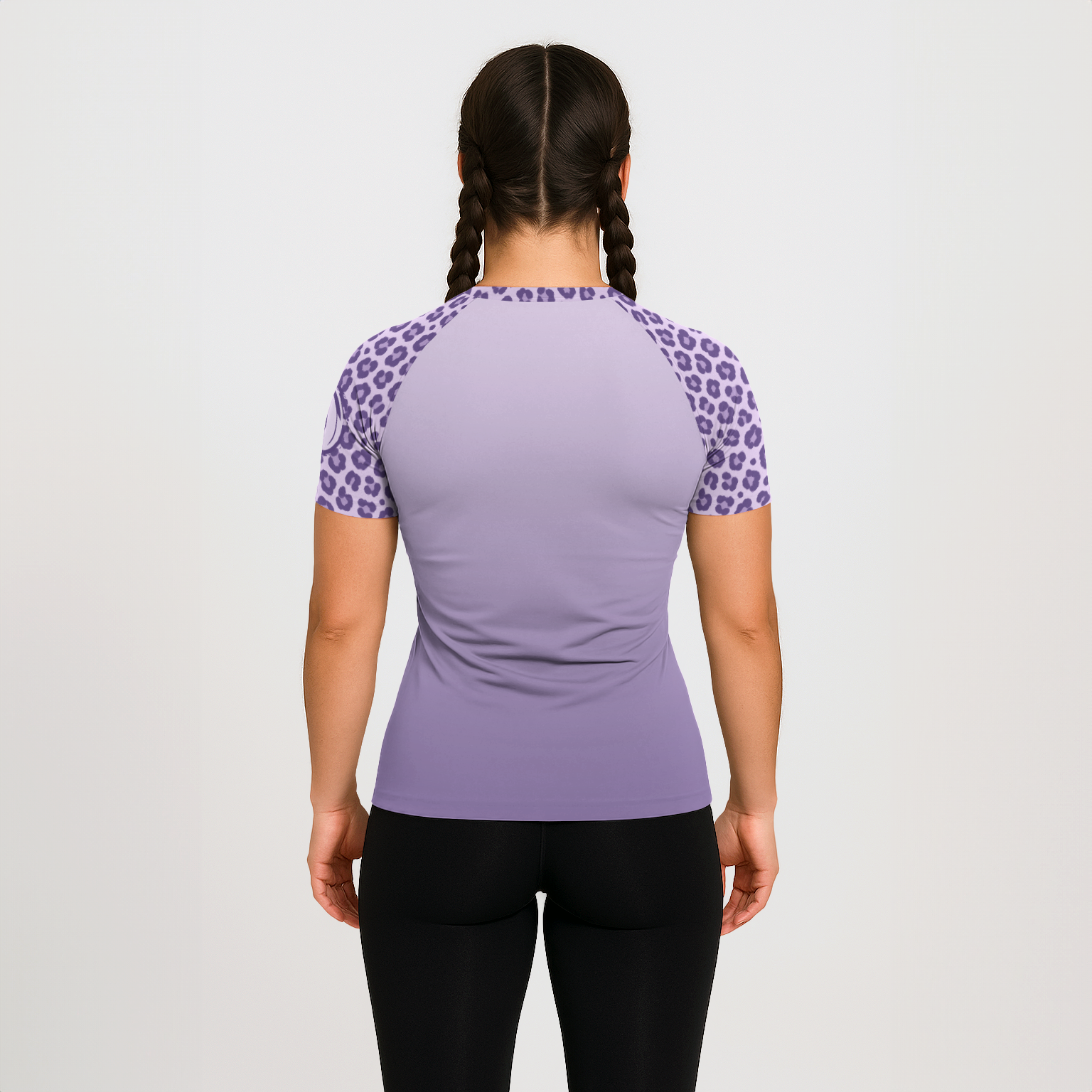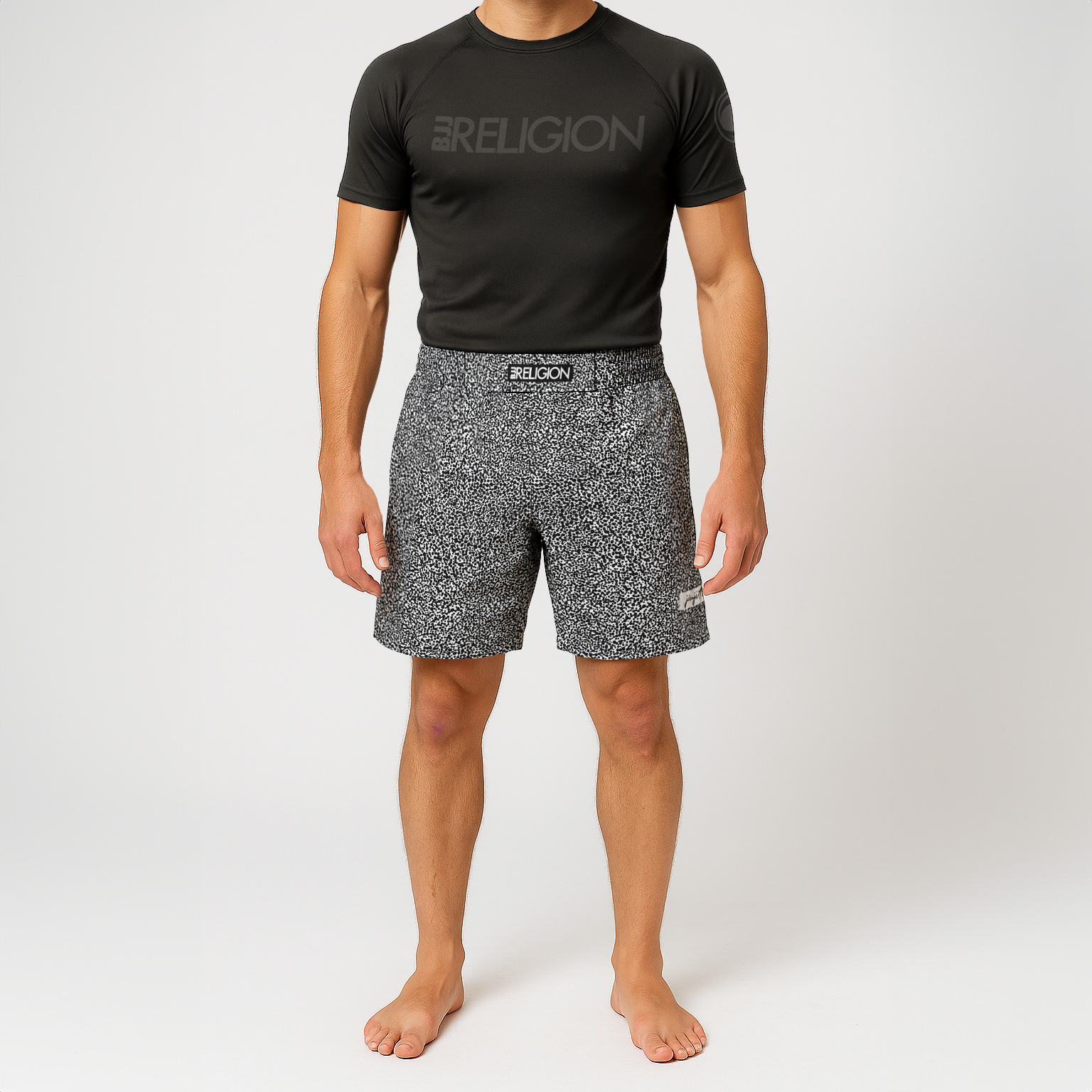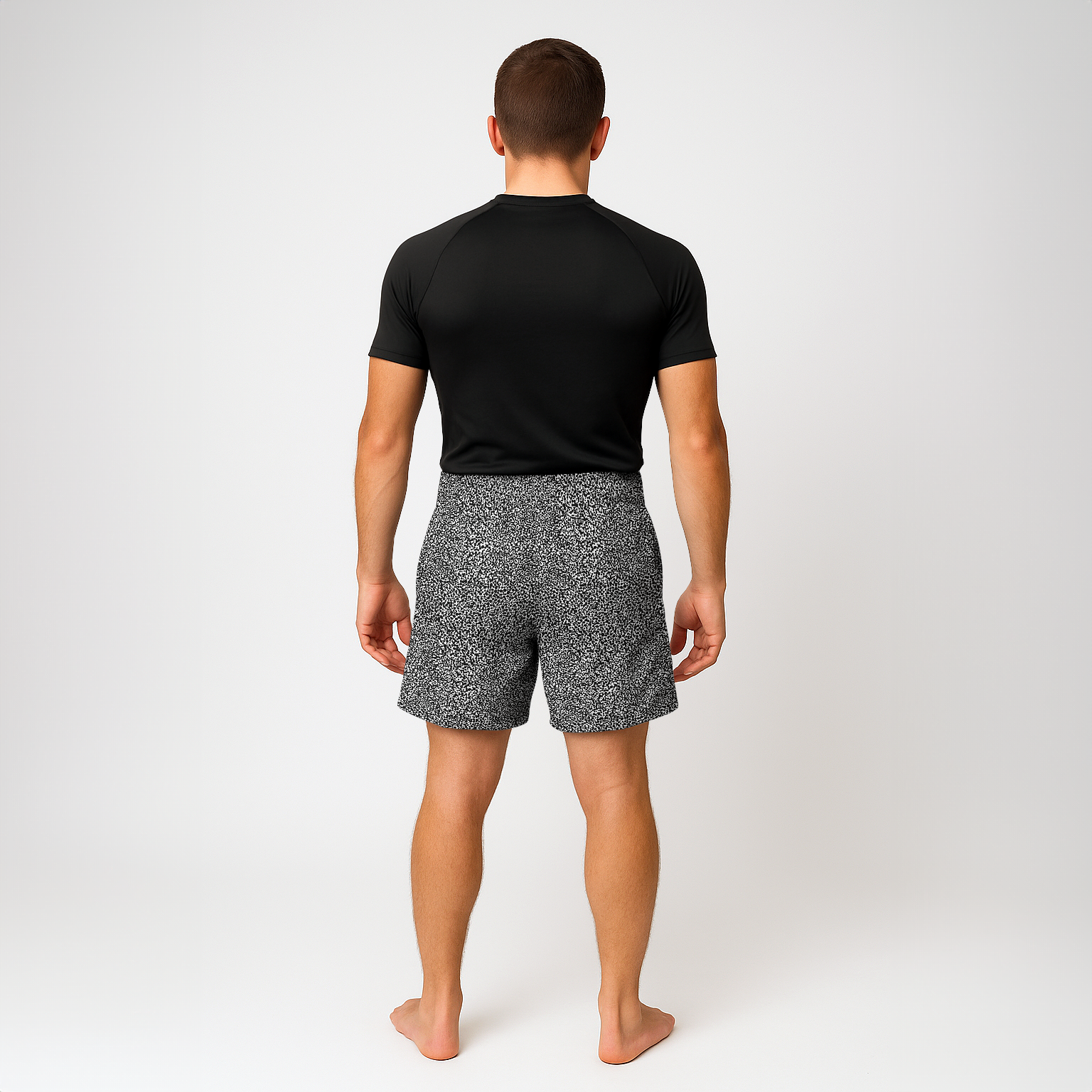Best Cardio Workouts For Jiu Jitsu
If you have any experience training in BJJ, you probably realize how physically taxing and tiring it is to grapple at full intensity. The nature of BJJ, particularly in competition, favors the competitor who can push the pace and maximize the intensity while maintaining a cool head and having proper technique.
Following a cardio routine for BJJ is a good way to ensure you are not on the losing end when it comes down to conditioning.
The overall cardio demand of Jiu Jitsu is reasonably intense grappling exchanges follow by brief lulls in the action as competitors recuperate from each battle over the course of 5-to-10-minute matches. As such, the ability to recover between exchanges is vital.

You will often see one grappler recover quicker during an exchange, allowing them to impose technique on the opponent while the opponent is still gasping for breath and recovering from a previous exchange.
With similar technique levels, the grappler with better cardio has a decisive advantage over a less-conditioned opponent. Even a stronger opponent with less cardio will weaken as the intensity of the exchanges grows and the recovery time between exchanges decreases.
Beyond The Roll: Structure of Cardio Training for BJJ
While many martial artists traditionally went on longer runs to improve cardio, this is not actually the most effective form of training. Do not get me wrong, long-slow-distance training, as it is called in the strength and conditioning community, has a place in cardio training for martial arts.
Building up a solid aerobic base is a good way to prepare for more intense cardio, and beats sitting on the couch every time.
However, long duration cardio is not representative of the intensity of BJJ. Simply put, grappling exchanges typically occur at aerobic intensities beyond what you can sustain for more than a few minutes, if not a few seconds. Additionally, the pace of the match demands the ability to rapidly recover from extreme exertion.
 As such, the best structure for BJJ cardio is intense intervals lasting 20 to 40 seconds followed by briefer recovery period of 10-20 seconds and a few longer recovery periods for 40-60 seconds. Ideally, you would perform these intervals for the overall duration of your expected match.
As such, the best structure for BJJ cardio is intense intervals lasting 20 to 40 seconds followed by briefer recovery period of 10-20 seconds and a few longer recovery periods for 40-60 seconds. Ideally, you would perform these intervals for the overall duration of your expected match.
For example, if you had a tournament with 6-minute matches, you should consider doing intervals of 40 seconds hard, 20 seconds easy, using your preferred cardio training method. Performing 6 rounds of this would represent a 6-minute grappling match. Rest for a minute or two between rounds and hit the next one.
Performing this routine twice per week 6 weeks out from a tournament will get your cardiovascular system well-prepared for the toughest matches in your bracket.
As you approach the tournament date, reduce the interval to 20 seconds at high intensity followed by 20 seconds of active recovery at about 50 percent of the high intensity portion.
The Best Methods for Training Cardio for Jiu Jitsu
Now that you understand the overall structure and purpose of cardio training, you now need to pick which training method, called a modality, you plan to use for reaching your cardio goals. For the most part, any repetitive cardio activity can be used.
Your typical options are as follows…
Jogging and Sprinting
Jogging and sprinting are the most classically employed modalities for cardiovascular fitness. If you have a pair of running shoes and an area you can run in, you can use sprinting for high intensity and jogging for low intensity.
As one of my coaches says, “the road is free and it’s open 24 hours a day.”
The biggest downside of running and sprinting is that it is extremely high impact on your joints. If you have underlying knee or ankle issues, these can be exacerbated by running, particularly on harder surfaces. If you plan to use running for your cardio, start with a few 15–20-minute jogs a week before progressing into more intense sprinting or any longer runs.
Swimming For BJJ
Swimming is perhaps the lowest impact cardio activity available. Not only do you avoid many of the issues with the impact of running, but you also use more coordinated, full body movement patterns.
The main downside with swimming is that you must be a reasonably proficient swimmer to employ this training method. If you have shoulder issues or bad swimming form, you can also develop rotator cuff issues. As with running, ease into it and perhaps take some swim lessons if you never learned to swim.
Cycling for BJJ
Cycling is another low impact training method for improving cardio. Personally, I do not think cycling is as efficient as other methods, and it requires you to have a decent bike that is fitted for your frame. However, if you are someone who enjoys cycling and has the right setup, it can be a viable cardio method.
Jumping Rope for BJJ
 Jumping or skipping rope is a classic martial arts cardio method that can be incredibly effective, requires minimal space, and allows a wide range of intensities while being reasonably low impact. As with any method, if you are new to skipping rope, start with just a few minutes a day to allow your joints to adapt the impact.
Jumping or skipping rope is a classic martial arts cardio method that can be incredibly effective, requires minimal space, and allows a wide range of intensities while being reasonably low impact. As with any method, if you are new to skipping rope, start with just a few minutes a day to allow your joints to adapt the impact.
Jumping rope is a vital skill for any martial artist and doubles as a method for improving footwork in addition to cardio. Jump ropes are fairly cheap compared to other cardio equipment and allow a wide progression of skills including double-unders, crossovers, and high-knee variations to increase intensity.
Aerodyne/Assault Bike for BJJ
The Aerodyne fan bikes are my personal favorite method for cardio training. These are quite different from traditional bicycles in that they rely on a large fan that uses air as the primary source of resistance. They also include handles that move to allow you to use both upper and lower body power in a coordinated fashion.
These devices are so brutal because the harder your pedal, the greater the resistance as the fan is forced to push more and more air. The best part is that they are low impact and very safe for your joints and allow you to reach incredible cardiovascular intensity with almost zero compressive impact on your ankles, knees, hips, or shoulders.
The biggest downside is that quality Aerodyne fan bikes are not cheap. Unless your gym comes equipped with this cardio torture device, you are looking at a minimum of $600-$1000 to pick up the newest version of this classic cardio training method.
8 Week Jiu Jitsu Cardio Routine
Once you have picked your training method, the following 8-week routine should have your revved-and-ready for your competition. Perform each workout twice per week using your chosen cardio modality.
- Week 1: 20-minute session using low-medium intensity to prep joints
- Week 2: 30-minute session using low-medium intensity
- Week 3: 2 rounds of 40 seconds intense, 20 seconds light for 5 cycles – 1 minute break between rounds (total time 11-minutes)
- Week 4: 3 rounds of 40 seconds intense, 20 seconds light for 5 cycles – 1 minute break between rounds (total time 16-minutes)
- Week 4: 4 rounds of 40 seconds intense, 20 seconds light for 5 cycles – 1 minute break between rounds (total time 21-minutes)
- Week 5: 3 rounds of 20 seconds intense, 20 seconds light for 6 cycles – 1 minute break between rounds (total time 14-minutes)
- Week 6: 4 rounds of 20 seconds intense, 20 seconds light for 6 cycles – 1 minute break between rounds (total time 19-minutes)
- Week 7: 5 rounds of 20 seconds intense, 20 seconds light for 6 cycles – 1 minute break between rounds (total time 23-minutes)
- Week 8: 5 rounds of 20 seconds intense, 20 seconds light for 6 cycles – 1 minute break between rounds (total time 23-minutes) – perform only once this week at least 2 days out from competition.
Find What Works Best For You
The most important thing for sport-specific conditioning is to mimic the duration and intensity as closely as possible with whatever training method you choose. A progression starting slow and building up week-by-week towards intense training is the best way to ensure you do not overtrain. Pairing your training with our Post-Roll Recovery Powder will help you get the most out of your training, allowing your body to properly recover and grow.
There are pros and cons to every cardio modality, so pick the one that works best for you, ease into, and follow the protocol to maximize your cardio and minimize your training risk.





